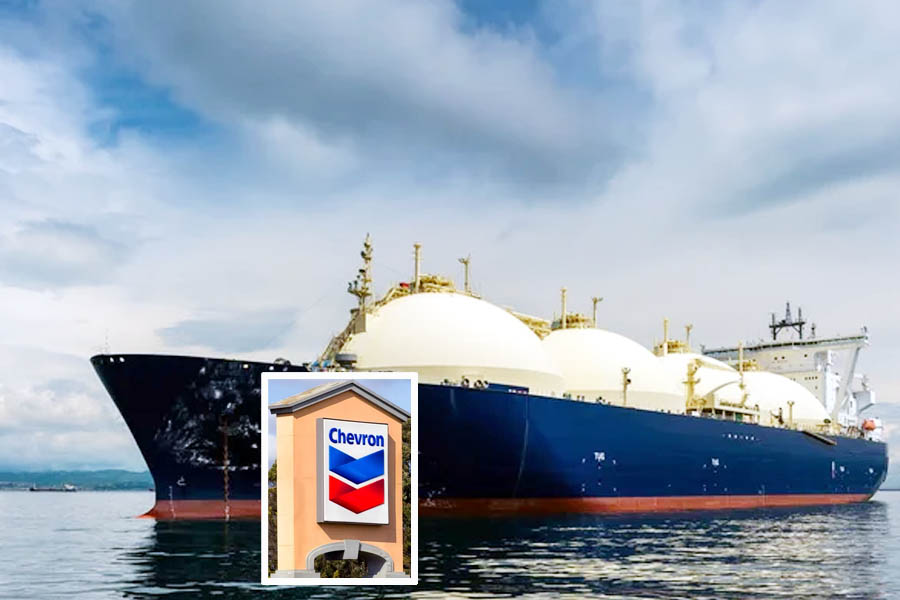
Workers at Chevron's two major liquefied natural gas (LNG) plants in Australia have announced plans to go on strike starting September 7th. This move comes as labor unions demand improved working conditions and higher pay from the American energy giant. These plants collectively contribute approximately 7% of the world's LNG supply, and concerns about potential disruptions have already contributed to surges in European gas prices. This strike is unfolding in a complex global energy landscape, one that has seen dramatic shifts over the past year.
The Volatile Energy Landscape:
In the aftermath of Russia's invasion of Ukraine, energy prices soared at the slightest hint of bad news. Factors such as a fire at an American gas plant, strikes at French oil terminals, Russia's demand for payment in roubles, and unfavorable weather conditions all sent energy markets into a frenzy. However, since January, the energy market dynamics have changed significantly. Brent crude oil, the global benchmark, has stabilized around $75 a barrel, down from its peak of $120 a year ago. Similarly, European gas prices have dropped to €35 ($38) per megawatt-hour (mwh), marking an 88% decrease from their August peak.
Understanding the Shift:
While disappointing demand may account for part of this shift, with global economic growth projections scaled down and inflation affecting consumers, it doesn't entirely explain the current scenario. China, for instance, set a record in April by consuming 16 million barrels per day (b/d) of crude oil despite a slower-than-expected post-COVID recovery. The revival of trucking, tourism, and travel has also led to increased use of diesel, petrol, and jet fuel.
Supply-Side Dynamics:
A more compelling explanation for the current energy market situation lies on the supply side. The previous two years of high prices have incentivized energy production outside of the Organization of the Petroleum Exporting Countries (OPEC). This includes increased production in the Atlantic basin, with conventional wells in Brazil and Guyana, as well as shale and tar-sands production in America, Argentina, and Canada. Norway has also increased its production. JPMorgan Chase estimates a 2.2 million b/d rise in non-OPEC output for 2023.
However, despite OPEC and Russia announcing production cuts, actual output reductions have not matched the promised figures, and some OPEC countries are increasing exports. Venezuela's exports have risen, partially due to investment by Chevron, while Iran's exports are at their highest since 2018 when the U.S. imposed sanctions. Countries under Western embargoes are selling their oil at a discount, further dampening prices.
Gas Supply Situation:
The situation in the gas market is more complicated, with the main Russian pipeline to Europe still closed. However, Freeport LNG, a significant facility for U.S. LNG exports, is back online, and other Russian gas exports to continental Europe continue. Norwegian gas flows are set to fully resume in mid-July. Importantly, European gas storage facilities are 73% full, compared to 53% last year, and on track to reach their 90% target by December.
As inflation subsides and interest rates rise, commodities like crude oil are losing their appeal as hedges against rising prices. Speculative net positioning in futures markets has declined, and physical traders are offloading their stock. While prices may rise later in the year, analysts expect Brent crude to remain around $80 a barrel rather than reaching triple digits. Gas futures markets indicate a 30% rise from current levels by autumn. The past year has seen significant adaptations in commodity markets. It now takes more than a hint of bad news to send prices skyrocketing. While challenges and uncertainties persist, the global energy landscape appears to be in a state of relative stability, balancing supply and demand dynamics in a manner that is more resilient to external shocks.